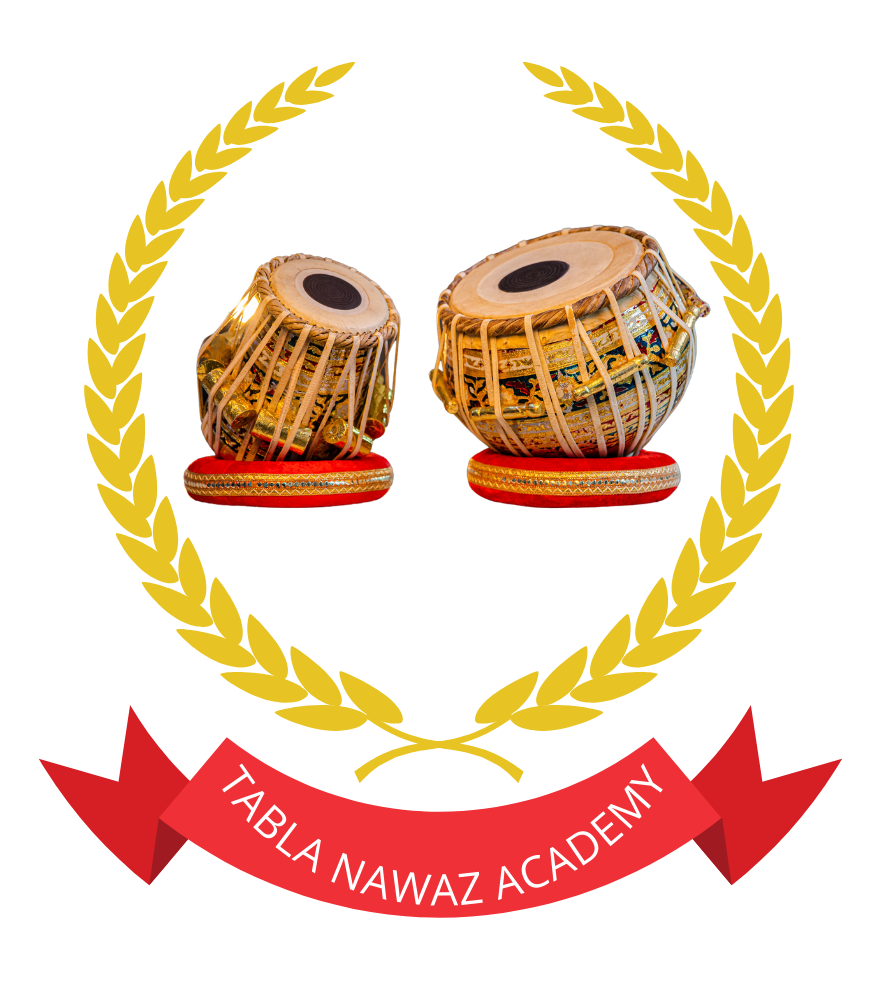If Indian classical music is a rich tapestry, the Dhamar Taal is one of its most intricate threads. This 14-beat rhythmic cycle is a cornerstone of the Dhrupad tradition, exuding a majestic and meditative charm. At the heart of this taal lies the Mukhda, a rhythmic motif that serves as a gateway to its profound beauty. In this blog, we’ll explore the structure, essence, and artistry of the Dhamar Taal Mukhda, along with its role in Indian classical performances.
The Art of Dhamar Taal and Its Captivating Mukhda 🎶
The Art of Dhamar Taal and Its Captivating Mukhda 🎶
Introduction
If Indian classical music is a rich tapestry, the Dhamar Taal is one of its most intricate threads. This 14-beat rhythmic cycle is a cornerstone of the Dhrupad tradition, exuding a majestic and meditative charm. At the heart of this taal lies the Mukhda, a rhythmic motif that serves as a gateway to its profound beauty. In this blog, we’ll explore the structure, essence, and artistry of the Dhamar Taal Mukhda, along with its role in Indian classical performances.
What is Dhamar Taal?
The Dhamar Taal is a 14-beat rhythmic cycle (taal) primarily used in Dhrupad compositions, an ancient and meditative style of Indian classical music. Its structure is divided into four parts (vibhags) of varying lengths, creating a unique ebb and flow.
Structure of Dhamar Taal:
- Bols (syllables): Ka Dhi Ta | Dhi Ta Ga | Ti Ta | Ta Ka Dhi Ta
- Division (Vibhags): 5 + 2 + 3 + 4 = 14 beats.
This asymmetric division lends Dhamar Taal its distinctive, dynamic quality, alternating between spacious and condensed phrases.
What is a Mukhda?
In tabla and vocal performance, a Mukhda (literally “face” or “entry point”) is a short, recurring rhythmic phrase that serves as a transition to the first beat of the taal, known as the Sam. In Dhamar, the Mukhda is crucial for establishing the rhythmic identity and adding a dramatic flair to the composition.
The Mukhda in Dhamar Taal
A Dhamar Taal Mukhda typically aligns with the emotive and intricate nature of the taal. It’s designed to:
- Create anticipation by leading into the Sam (first beat).
- Highlight the rhythmic complexity and symmetry of the 14-beat cycle.
- Provide room for improvisation and variation during performance.
Example of a Simple Dhamar Mukhda:
Dha Dhin Dha | Dha Ti Te | Dha Dha | Ta Ka Dhin Ta
Notice how the rhythmic phrase crescendos and lands perfectly on the Sam, creating a sense of resolution.
Techniques for Playing a Dhamar Mukhda
1. Clarity in Strokes
- Use crisp, resonant strokes for bols like Dha and Dhin to maintain the Mukhda’s prominence.
2. Alignment with Sam
- Practice aligning the last beat of the Mukhda with the Sam to maintain rhythmic precision.
3. Improvisation
- Experiment with variations while preserving the underlying structure. For example:
Dha Dha Ti | Dha Ti Te | Ti Ti | Ta Ka Dhin Ta
Famous Performances Featuring Dhamar Taal
The Dhamar Taal has been immortalized by legendary artists who have elevated its Mukhda to an art form.
- Pandit Ram Chatur Mallick
- Known for his Dhrupad compositions in Dhamar Taal, his performances showcase intricate Mukhdas with precision and emotive depth.
- Pandit Kishan Maharaj
- As a tabla maestro, he has added grandeur to Dhamar Taal Mukhdas, combining clarity and creativity in his renditions.
- The Gundecha Brothers
- Their soulful Dhrupad compositions often feature captivating Mukhdas in Dhamar Taal.
Watch an iconic Dhamar performance here: (Embed video link).
Cultural Significance of the Mukhda in Dhamar Taal
The Mukhda in Dhamar Taal is more than a rhythmic pattern—it embodies the emotional core of the composition. Its intricate design mirrors the ethos of Dhrupad, where rhythm and melody merge to evoke profound spiritual and emotional experiences.
Interactive Section: Try It Yourself!
Quiz:
Q: How many beats are there in Dhamar Taal?
- a) 10
- b) 12
- c) 14
- d) 16
(Answer: c) 14
Poll:
What intrigues you most about Dhamar Taal?
- Its complexity
- Its role in Dhrupad
- The challenge of playing Mukhdas
Learn More
Ready to dive deeper into Dhamar Taal and its Mukhdas? Check out these resources:
- Online Tabla Tutorials for Dhamar Taal
- Dhrupad Performance Recordings
- Books on Indian Rhythmic Cycles
Conclusion
The Dhamar Taal Mukhda is a rhythmic gem that encapsulates the grandeur and intricacy of Indian classical music. Whether you’re a tabla player, a vocalist, or a music enthusiast, exploring this taal and its Mukhdas opens the door to a richer understanding of rhythm and artistry.
Have you experienced the magic of Dhamar Taal? Share your thoughts or favorite performances in

https://www.facebook.com/sbsinghtablaguru

